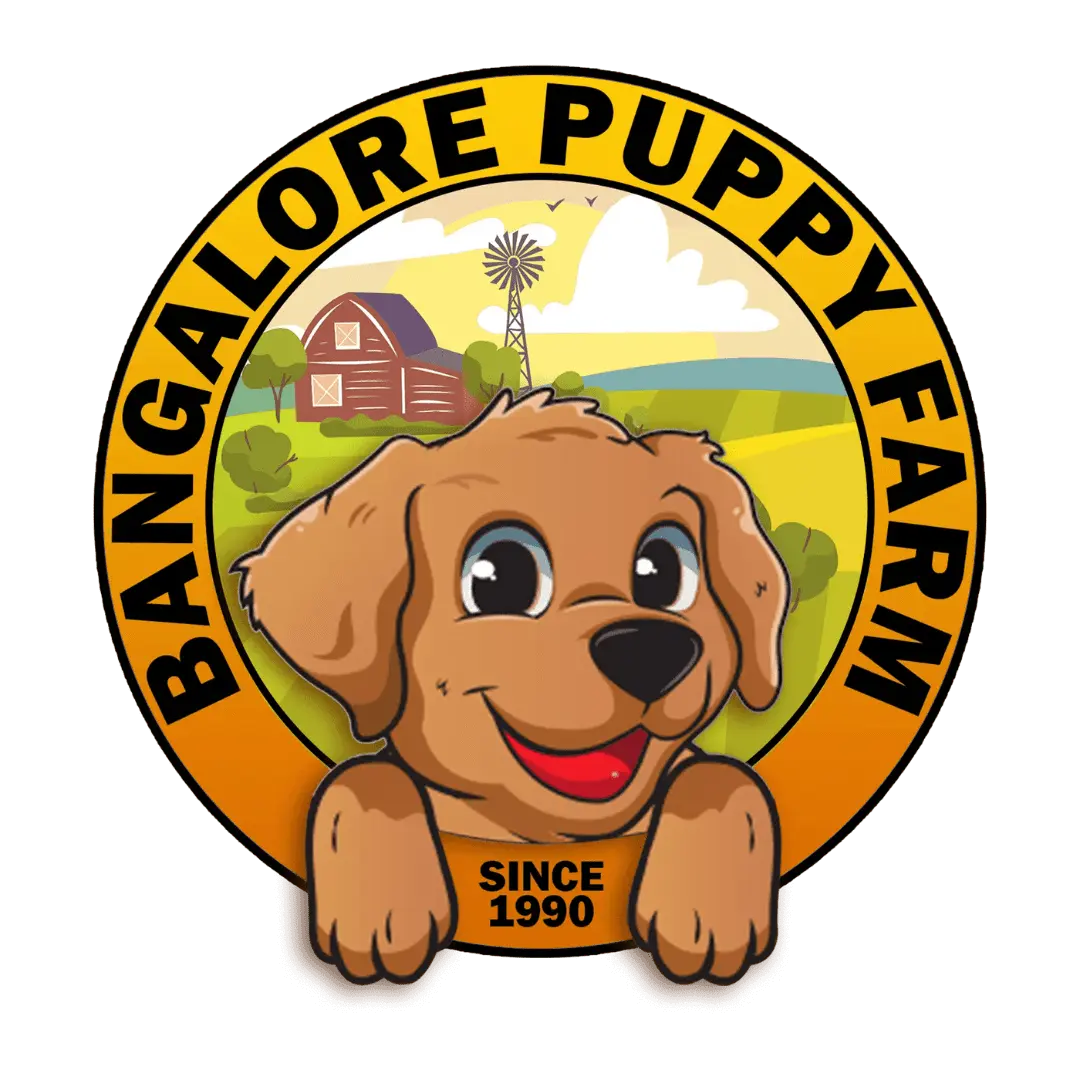When your furry friend turns their nose up at food, it's more than just frustrating — it's worrying. As a loving pet parent, you might be asking, “What to do if my dog is not eating food?” Don't panic! There are many possible reasons for appetite loss, and most are fixable once identified.
In this blog, we’ll walk you through exactly what to do if your dog is not eating food, when to worry, and how to get their tail wagging at mealtime again.
Why Is My Dog Not Eating? Common Reasons
Before diving into what to do if my dog is not eating food, it’s important to understand why this might be happening. Dogs can skip meals for several reasons — from minor stress to major illness.
Here are the most common causes:
1. Diet Changes
Sudden switches in food brands or flavors can upset your dog’s digestive system — or they may simply not like the new taste.
2. Dental Problems
Painful gums, loose teeth, or mouth injuries can make chewing uncomfortable.
3. Heat or Weather Changes
Hot weather or seasonal transitions can reduce appetite, especially in less active dogs.
4. Stress or Anxiety
Changes in the environment — like moving houses, a new pet, or loud noises — can make your dog too anxious to eat.
5. Illness or Infection
Appetite loss can be an early sign of something serious like gastrointestinal issues, kidney disease, or infections.
6. Vaccinations or Medications
Some medications, especially antibiotics or painkillers, may temporarily reduce appetite.
If you’re wondering what to do if my dog is not eating food, start by evaluating any recent changes to your dog’s routine or health.
When to Worry About Your Dog Not Eating
Skipping one meal isn’t always a red flag — but prolonged loss of appetite is. Here's what to do if my dog is not eating food for more than 24–48 hours:
- Check for other symptoms: Vomiting, diarrhea, lethargy, or weight loss
- Inspect their mouth: Look for swelling, broken teeth, or foul odor
- Feel their body: Are they bloated, stiff, or in pain?
If your dog hasn’t eaten for more than two days or shows any of the above signs, call your vet immediately.
What to Do If My Dog Is Not Eating Food: Step-by-Step Action Plan
Now let’s get to the core of it — what to do if my dog is not eating food and how you can help them bounce back.
Step 1: Rule Out Medical Issues
Visit your vet for a basic check-up. They might suggest:
- Blood tests
- Dental exams
- X-rays or ultrasound (for internal issues)
Even a small tooth abscess or stomach infection can drastically affect appetite.
Step 2: Try Enticing Them With Food Enhancements
If there’s no medical cause, your dog might just be picky or bored. Here’s what to do if your dog is not eating food at home:
- Warm up their food slightly — it enhances aroma
- Add bone broth or low-sodium chicken stock to kibble
- Mix in plain boiled chicken or scrambled eggs
- Try wet food if they usually eat dry
These small changes can rekindle interest in meals.
Step 3: Stick to a Feeding Routine
Inconsistent feeding times can confuse your dog. Stick to set meal times — morning and evening — and avoid free-feeding.
If your dog doesn’t eat within 20 minutes, remove the bowl and try again later. This builds hunger and structure.
Step 4: Limit Treats and Table Scraps
One big reason owners ask what to do if my dog is not eating food is overindulgence in snacks. Treats should only make up 10% of your dog’s diet. Too many can spoil their appetite for regular meals.
Avoid feeding table scraps — they’re often salty, fatty, and can be harmful.
Step 5: Create a Calm Mealtime Environment
Stress can make dogs lose interest in food. Make mealtimes peaceful:
- Feed in a quiet, familiar spot
- Remove distractions like loud music or other pets
- Stick to the same bowl and mat to offer consistency
Step 6: Switch Foods Gradually
If you’re transitioning to a new brand or formula, do it slowly over 7–10 days:
- 25% new food + 75% old (Days 1–3)
- 50/50 mix (Days 4–6)
- 75% new + 25% old (Days 7–9)
- 100% new food (Day 10+)
Sudden changes may cause digestive upset and refusal to eat.
What NOT to Do If Your Dog Isn’t Eating
While figuring out what to do if my dog is not eating food, avoid these mistakes:
- Don’t force-feed (unless instructed by your vet)
- Don’t switch food repeatedly — this causes more confusion
- Don’t ignore the problem if it lasts more than 48 hours
Dog Not Eating: Quick Checklist
Here’s a summary of what to do if your dog is not eating food:
- Check for signs of illness
- Rule out dental problems
- Offer warm or wet food
- Stick to fixed mealtimes
- Cut back on treats
- Keep feeding area stress-free
- Visit a vet if symptoms last more than 2 days
Final Thoughts: What to Do If My Dog Is Not Eating Food
Loss of appetite isn’t always a crisis — but it’s never something to ignore. Knowing what to do if my dog is not eating food means acting fast, staying calm, and making smart choices.
Start with a vet visit, try simple food fixes, and give your dog some time and love. With the right care and attention, your pup will be back to licking their bowl clean in no time.





